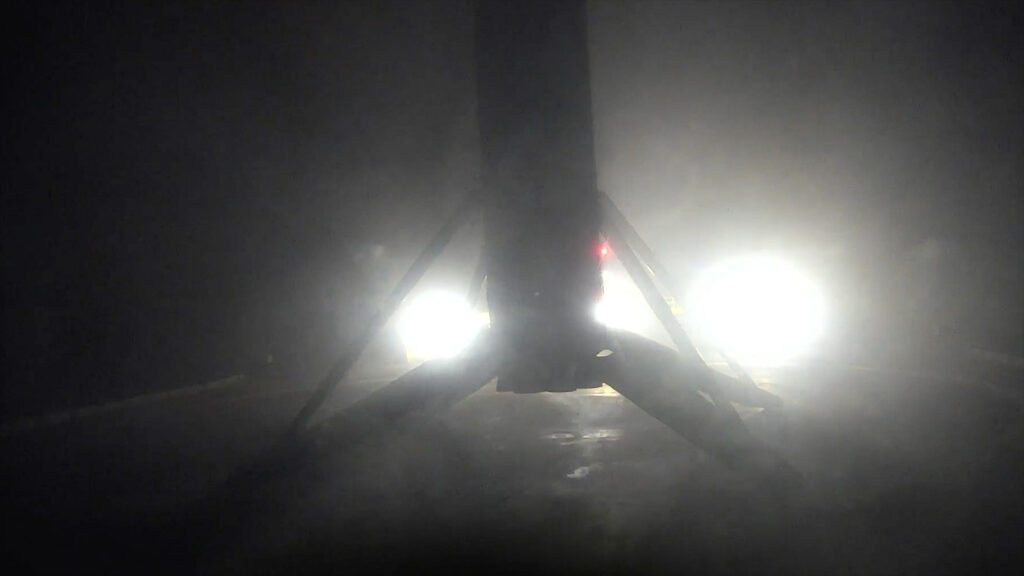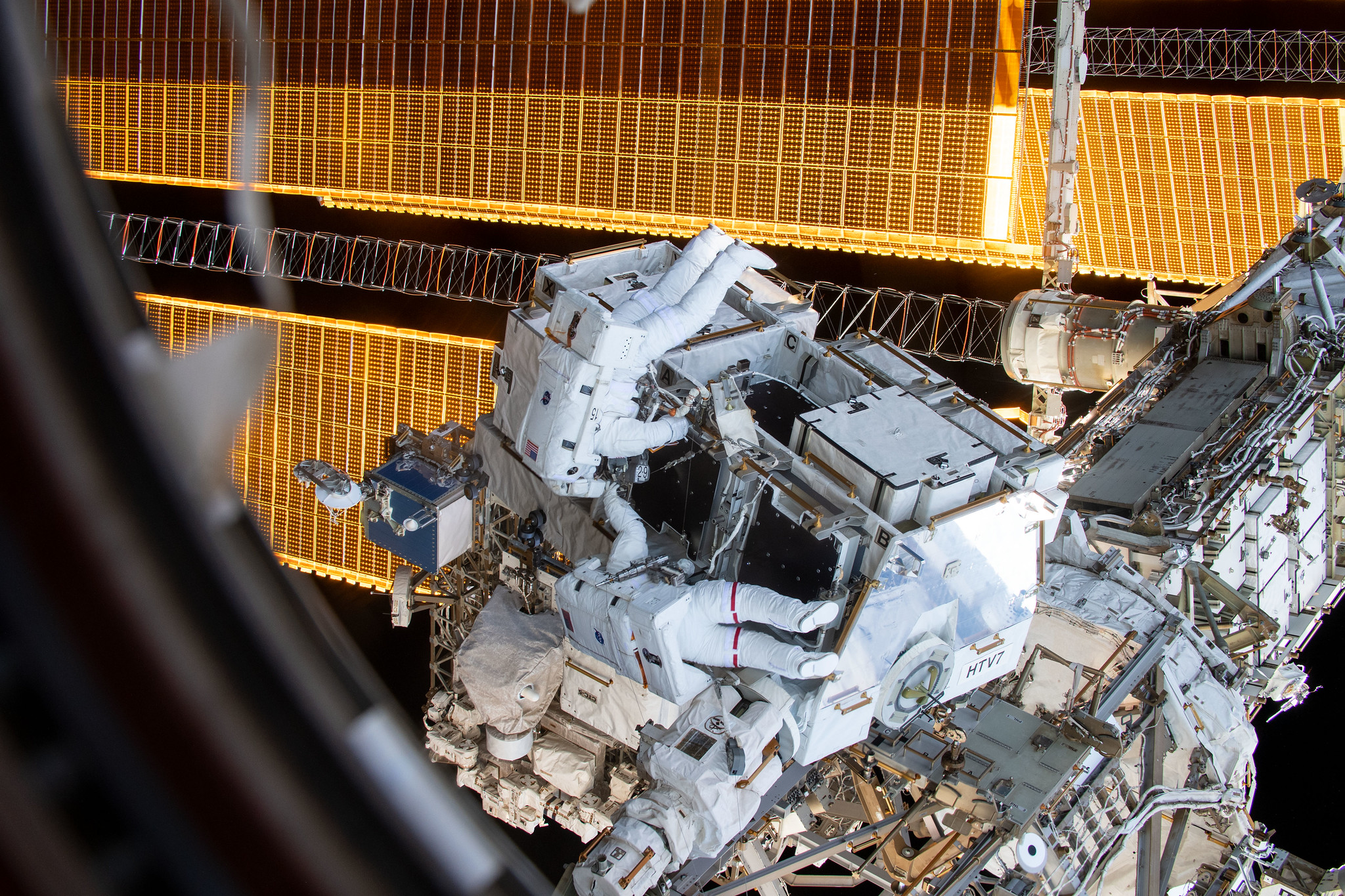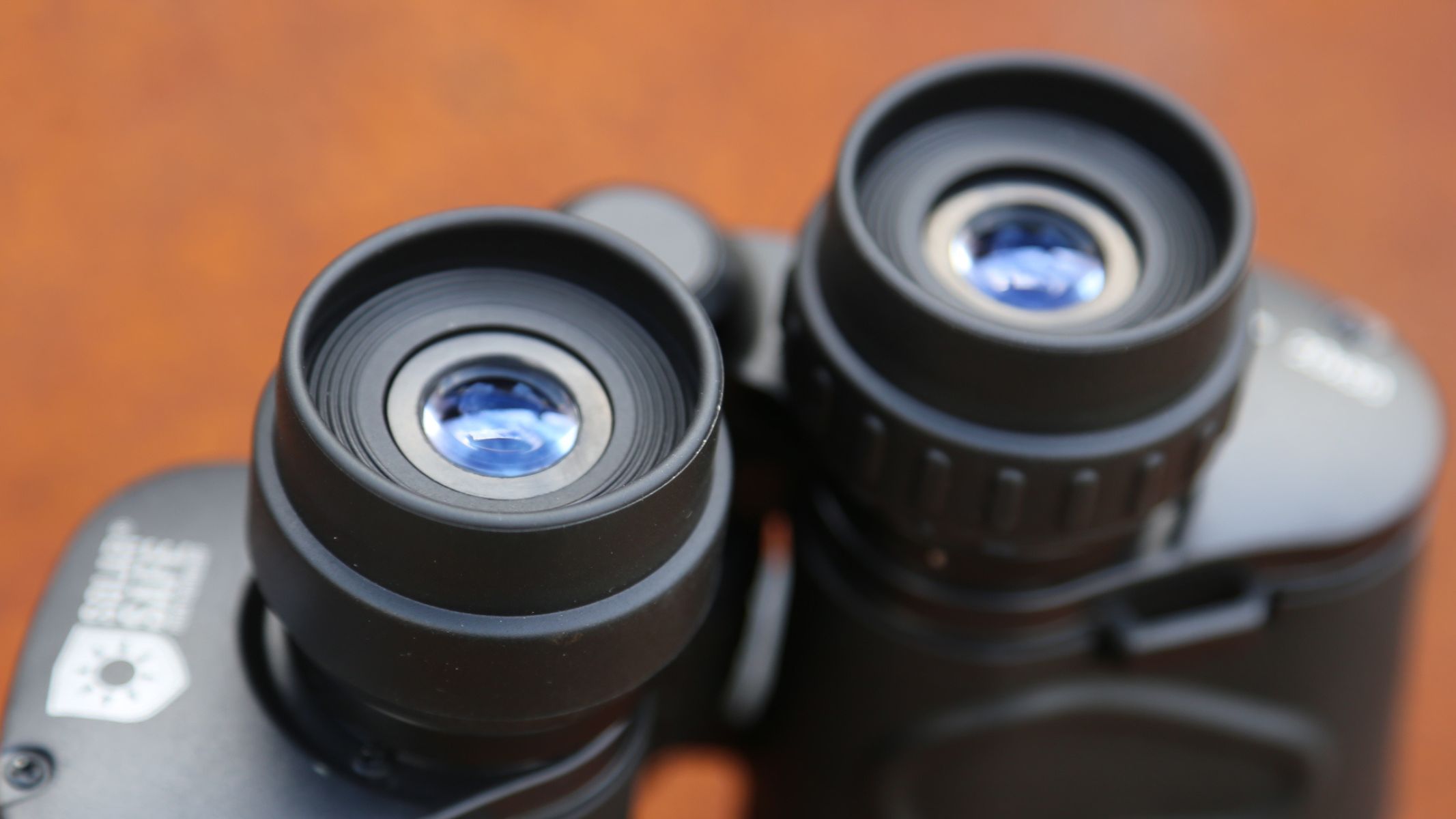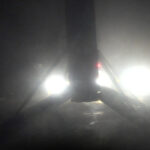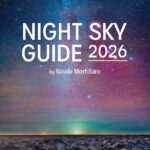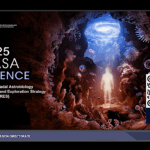Now Reading: Cosmic party streamer for Hubble’s 35th | Space picture of the day for April 18, 2025
-
01
Cosmic party streamer for Hubble’s 35th | Space picture of the day for April 18, 2025
Cosmic party streamer for Hubble’s 35th | Space picture of the day for April 18, 2025
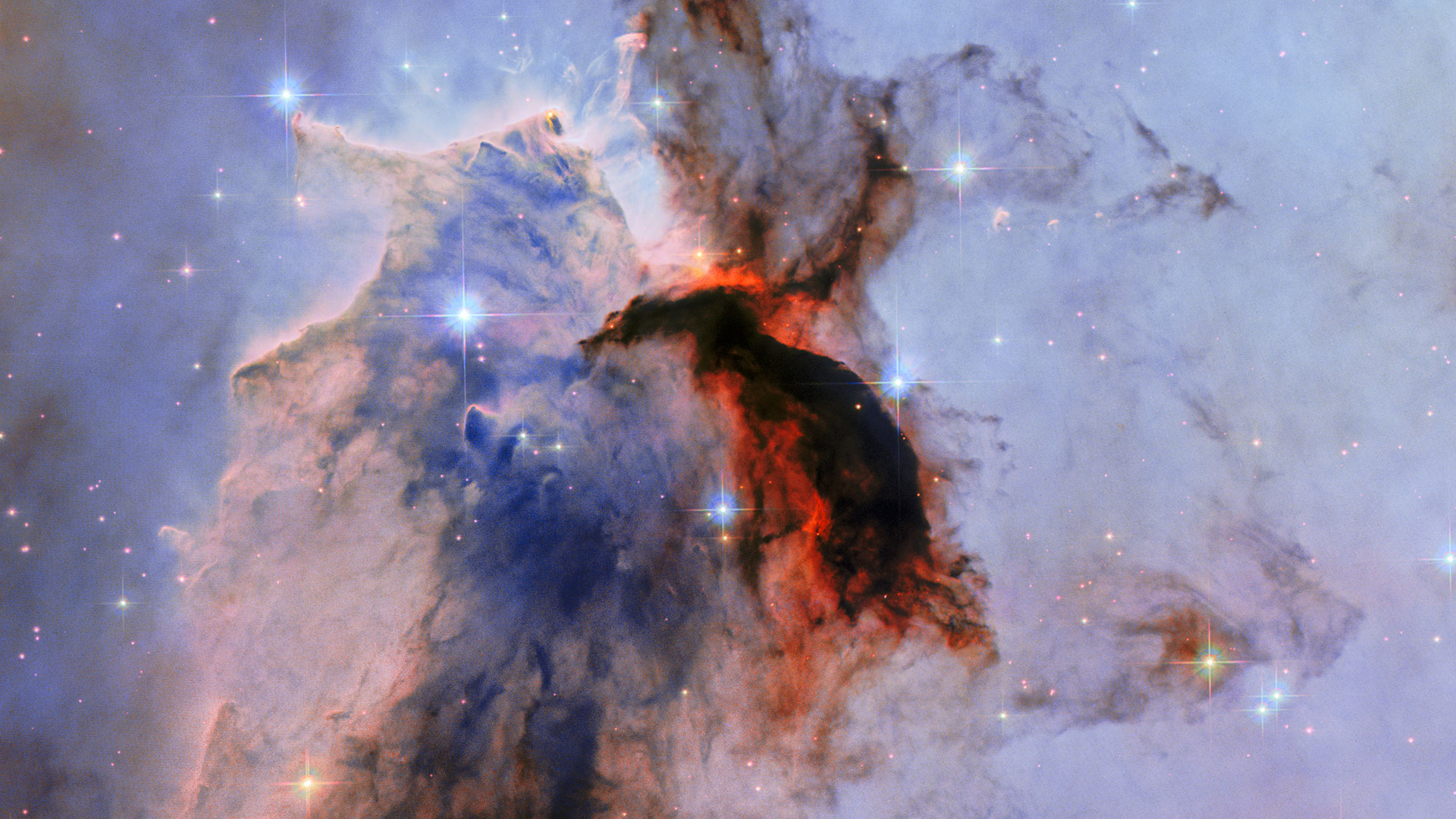
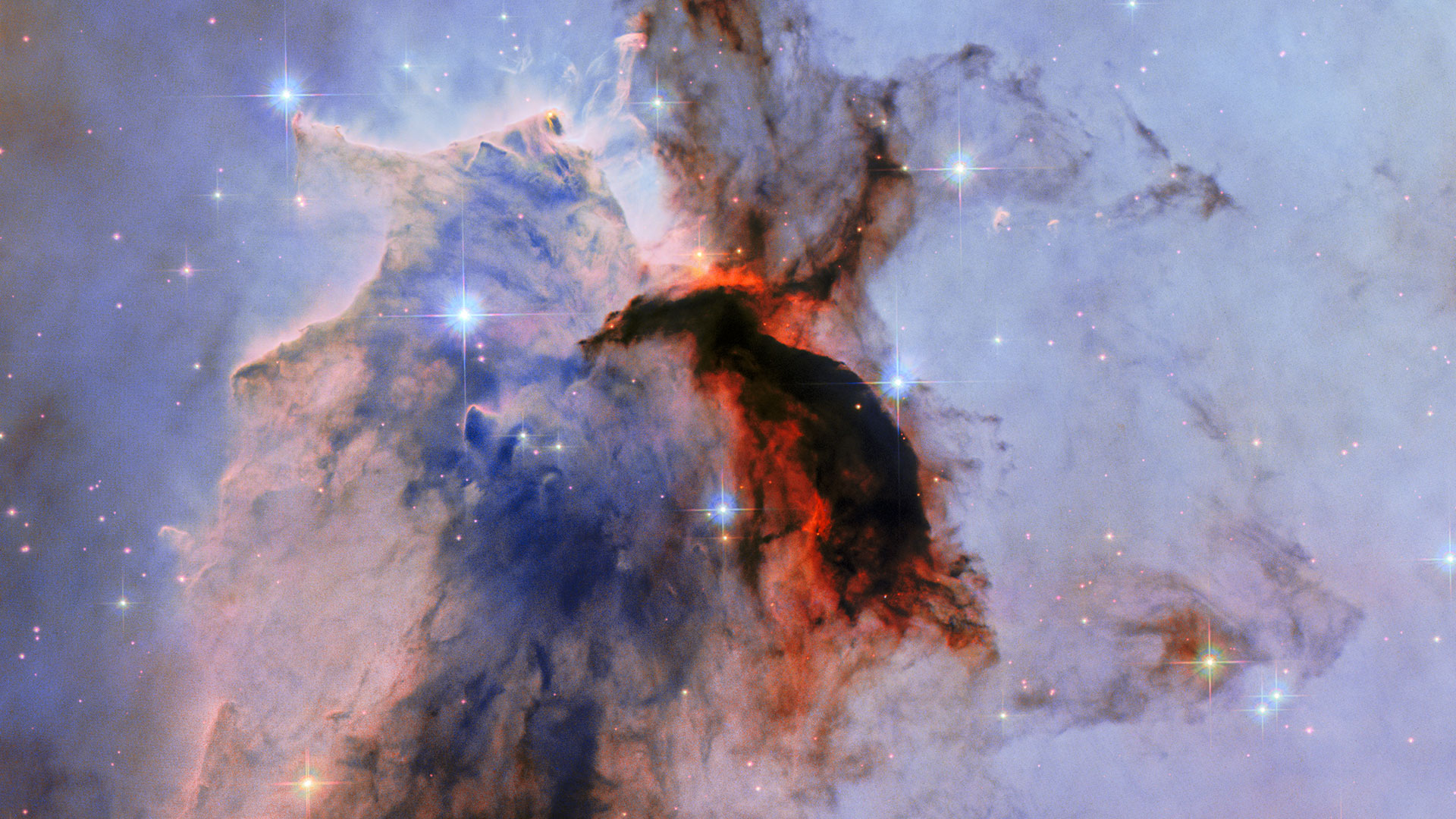
The Hubble Space Telescope has re-imaged the Eagle Nebula, 20 years after it did so to mark 15 years of service. This time, astronomers have used new processing techniques to draw out additional details in celebration of the telescope’s upcoming 35th anniversary.
What is it?
A cosmic cloud of cold hydrogen gas, this towering pillar is part of the Eagle Nebula. It is here where new stars are born among the collapsing clouds.
“Hot, energetic and formed in great numbers, the stars unleash an onslaught of ultraviolet light and stellar winds that sculpt the gas clouds around them. This produces fantastical shapes like the narrow pillar with blossoming head that we see here,” reads a caption for the image prepared by the Hubble Space Telescope team.
The thick and opaque material in the pillar is outlined by the glow of more distant gas behind it. The blue colors in the background are from ionized oxygen; the red lower down is glowing hydrogen. Orange indicates starlight peeking through the dust: bluer wavelengths are blocked by dust, leaving only the redder light to shine through.
Where is it?
This 9.5-light-year-tall (or about 90 trillion kilometers) pillar is just a small section of the Eagle Nebula, also known as Messier 16. This tower of gas and dust is located near the iconic “Pillars of Creation” revealed by the Hubble Space Telescope in 1995 and 2015.
The Eagle Nebula is one of many nebulae in the Milky Way, located about 5,700 light-years from Earth.

Why is it amazing?
This image is part of a series of observations being made to mark 35 years of observations for the Hubble Space Telescope. Deployed into orbit by the space shuttle Discovery in April 1990, the orbiting observatory became famous for its ability to be repaired and upgraded by astronauts, enabling stunning views of our universe like this one.
Want to know more?
You and see and read more about another Hubble Space Telescope 35th anniversary image, this one of the Sombrero Galaxy. You can also read more about the Eagle Nebula and what the same area looks like in the infrared.
Stay Informed With the Latest & Most Important News
Previous Post
Next Post
-
 012024 in Review: Highlights from NASA in Silicon Valley
012024 in Review: Highlights from NASA in Silicon Valley -
 02Panasonic Leica Summilux DG 15mm f/1.7 ASPH review
02Panasonic Leica Summilux DG 15mm f/1.7 ASPH review -
 03From Polymerization-Enabled Folding and Assembly to Chemical Evolution: Key Processes for Emergence of Functional Polymers in the Origin of Life
03From Polymerization-Enabled Folding and Assembly to Chemical Evolution: Key Processes for Emergence of Functional Polymers in the Origin of Life -
 04How New NASA, India Earth Satellite NISAR Will See Earth
04How New NASA, India Earth Satellite NISAR Will See Earth -
 05And Thus Begins A New Year For Life On Earth
05And Thus Begins A New Year For Life On Earth -
 06Astronomy Activation Ambassadors: A New Era
06Astronomy Activation Ambassadors: A New Era -
07SpaceX launch surge helps set new global launch record in 2024












